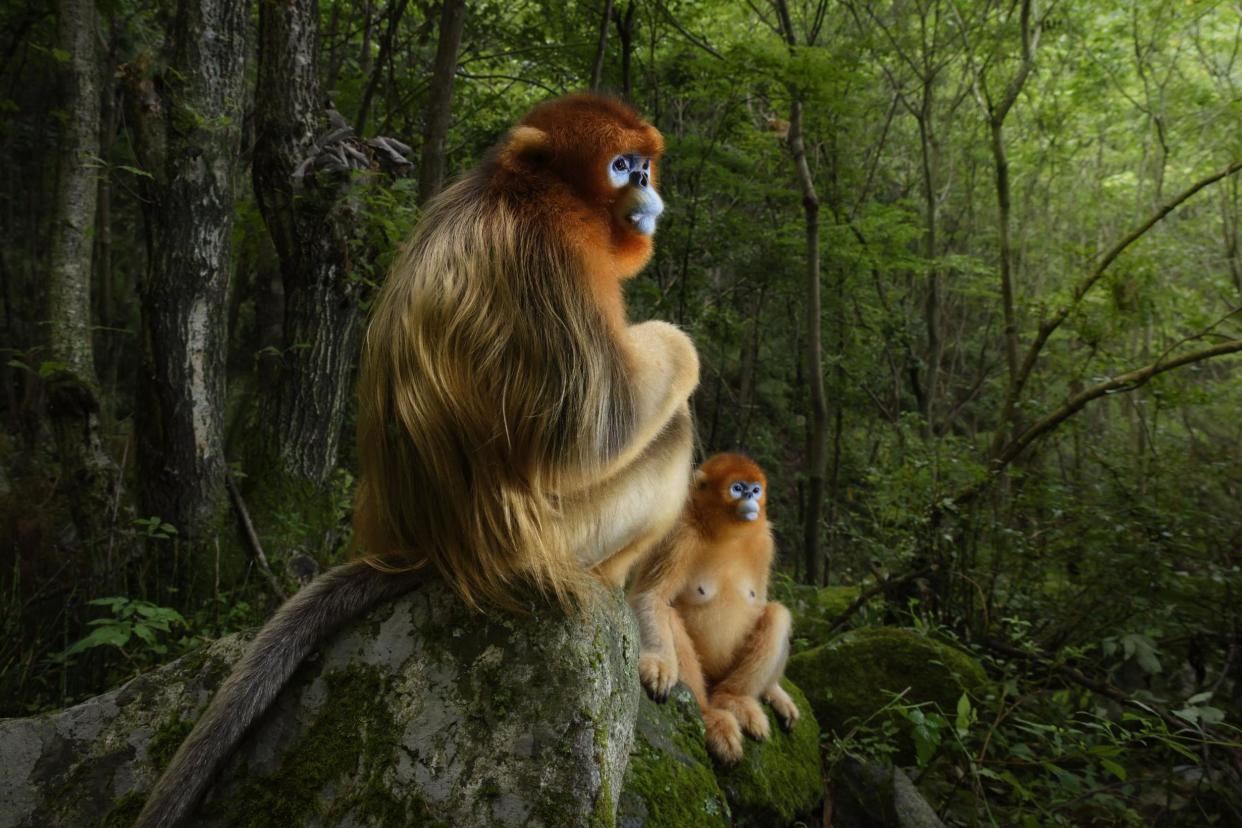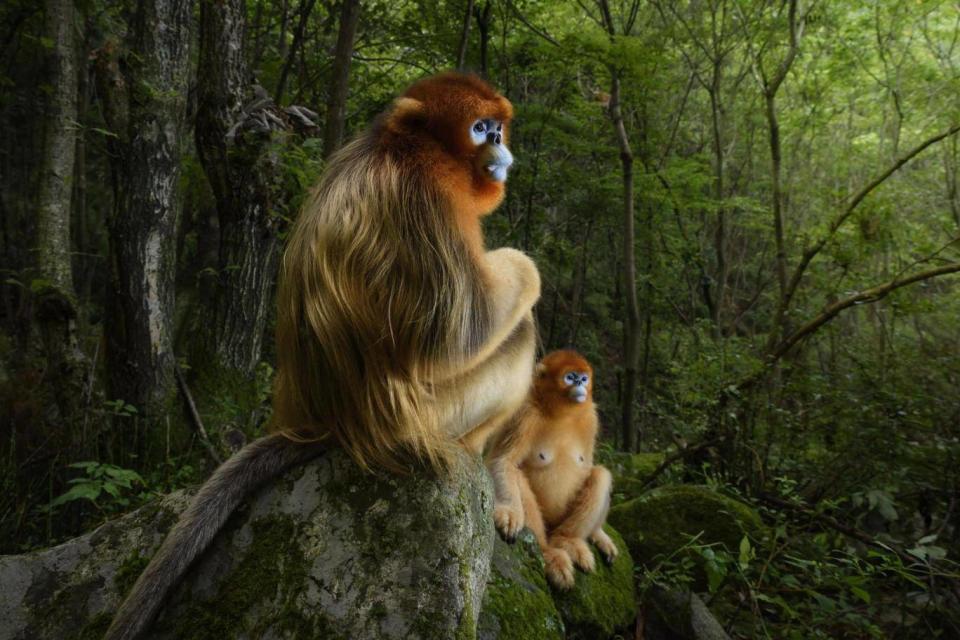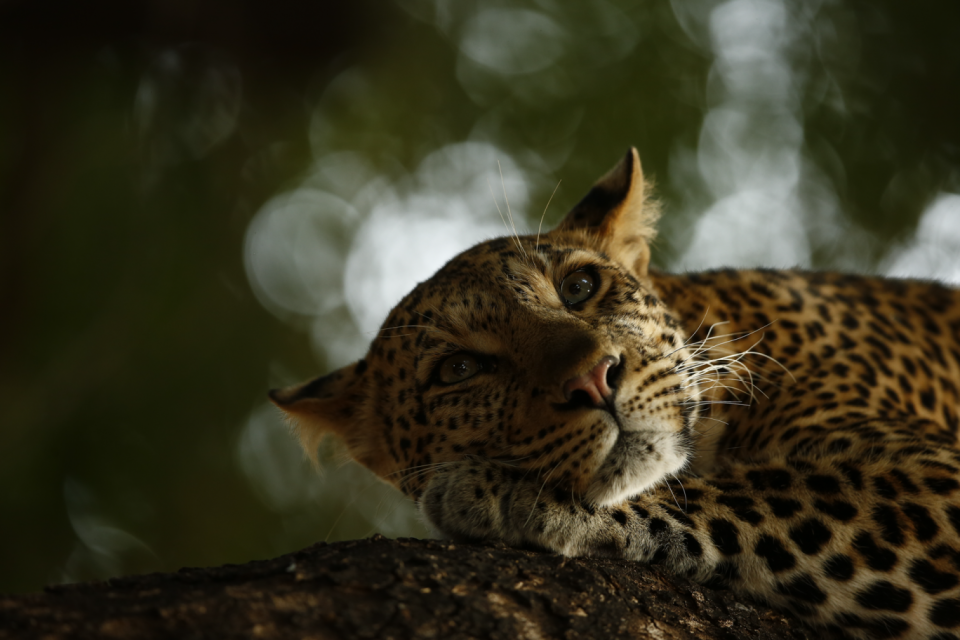Wildlife Photographer of the year 2018: ‘Golden Couple’ snap of two monkeys wins annual photo award

A heartwarming photograph of two monkeys perched on a rock has been awarded the top spot in one of the most prestigious photography awards in the world.
The winning snap, titled The Golden Couple, beat more than 45,000 entries from 95 countries in the annual Wildlife Photographer of the Year (WPY) competition and was described by judges as a “symbolic reminder of the beauty of nature”.
It was taken in the Qinling Mountains in central China by Dutch photographer Marsel van Oosten, who works at an advertising agency in the Netherlands.

The two golden snub-nosed monkeys captured in the photograph are part of an endangered species that live exclusively in the Shaanxi Province, where the image was taken.
Taking the photo was no mean feat, as van Oosten had to watch the animals closely over a period of time in order to learn and predict their movements to catch them at a still moment.
He managed to capture them when they were resting, when the sunlight was filtering through the trees, highlighting the striking burnt umber hue of their fur and the bright sky blue shade of their faces.
“This image is in one sense traditional - a portrait,” says Roz Kidman Cox, the chair of the competition's judges
“But what a striking one, and what magical animals. It is a symbolic reminder of the beauty of nature and how impoverished we are becoming as nature is diminished.
“It is an artwork worthy of hanging in any gallery in the world.”

There are roughly 22,000 golden snub-nosed monkeys in existence today, all of whom populate mountains across central China.
Sir Michael Dixon, director of the Natural History Museum, which hosts the WYPs’ corresponding exhibition, adds that the image particularly stands out in today’s tech-savvy society.
“In a world which is in thrall to special effects and technology, this image celebrates the majestic and otherworldly presence of nature, and reminds us of our crucial role in protecting it,” he said.
In addition to his full-time advertising role, Oosten also runs a company with his wife that specialises in organising wildlife landscape photography tours, which take place all around the world.
His photographs have been featured in an array of high profile publications, including National Geographic, Audubon and Science Illustrated.
Second place in the competition was awarded to Skye Meaker, whose endearing portrait of a leopard waking up after an afternoon snooze in the Mashatu Game Reserve in Botswana enraptured the judging panel.
So honoured to win the wildlife photographer of the year youth award #wpy54
A post shared by Skye Meaker (@skye_meaker_photography) on Oct 16, 2018 at 5:01pm PDT
“With precisely executed timing and composition, we get a coveted glimpse into the inner world of one of the most frequently photographed, yet rarely truly seen, animals,” comments judge, and previous WYP winner, Alexander Badyaev.
The two winning images will be showcased in an exhibition featuring 98 other entries at the Wildlife Photographer of the Year exhibition, running from 19 October until 1 July 2019, which is developed and produce by the Natural History Museum in London.

